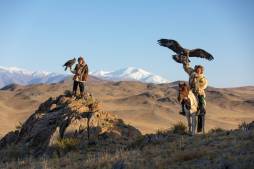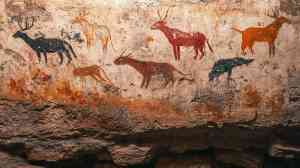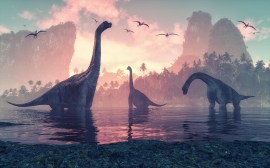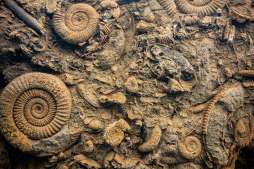The Evolutionary Story Behind the Dinosaurs of Patagonia
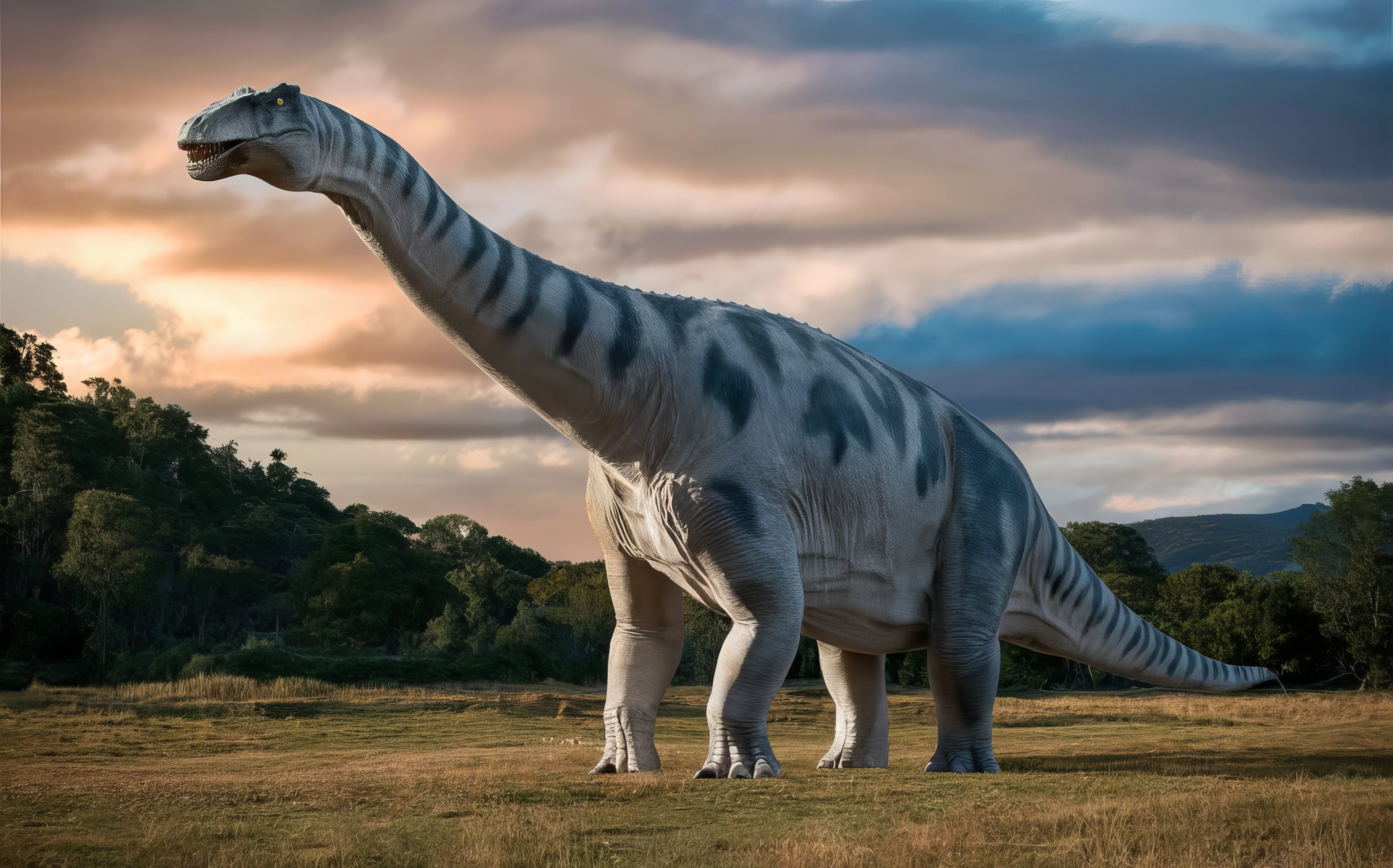
Patagonia, a region located at the southern end of South America, is renowned not only for its stunning landscapes but also for its rich prehistoric heritage. Among the most fascinating aspects of Patagonia’s natural history are its dinosaurs. This article explores the evolutionary story behind the dinosaurs that once roamed this ancient land, shedding light on their unique characteristics and significance in paleontology.
Geological Context of Patagonia
Patagonia’s geological formations date back to the Mesozoic Era, particularly during the Late Jurassic and Cretaceous periods when dinosaurs thrived. The region’s sedimentary rock layers have preserved a diverse range of fossils, offering crucial insights into dinosaur evolution. The shifting continents and changing climates in this area played a vital role in shaping the types of dinosaurs that inhabited it.
Distinctive Dinosaur Species Found in Patagonia
Patagonia is home to some of the largest and most unique dinosaur species ever discovered. Notably, Argentinosaurus is considered one of the largest land animals to have ever existed. Other remarkable species include Giganotosaurus, a massive carnivorous theropod rivaling Tyrannosaurus rex, and Amargasaurus with its distinctive double row of spines along its back. These species highlight both diversity and specialization within Patagonian dinosaur fauna.
Evolutionary Significance
The dinosaurs from Patagonia provide important evidence about evolutionary trends such as gigantism among sauropods and adaptations for predation among theropods. Studying these fossils helps scientists understand how isolation due to continental drift influenced divergent evolutionary paths compared to dinosaur populations found elsewhere in the world.
Paleontological Discoveries and Research
Since the late 19th century, numerous expeditions have uncovered significant fossil sites across Patagonia. Ongoing research continues to reveal new species and details about dinosaur biology, behavior, and extinction patterns. These discoveries have positioned Patagonia as a crucial site for understanding global dinosaur history.
Preserving Patagonian Dinosaur Heritage
Efforts are underway to protect fossil sites in Patagonia through national parks and scientific collaborations to ensure these invaluable records remain intact for future study and public education. Museums featuring Patagonian dinosaur exhibits help bring awareness to their evolutionary story while promoting tourism that supports conservation initiatives.
The dinosaurs of Patagonia tell an extraordinary story of evolution shaped by geography, climate, and time. By exploring their unique traits and origins, we gain deeper appreciation not only for these ancient creatures but also for Earth’s dynamic history.
This text was generated using a large language model, and select text has been reviewed and moderated for purposes such as readability.
